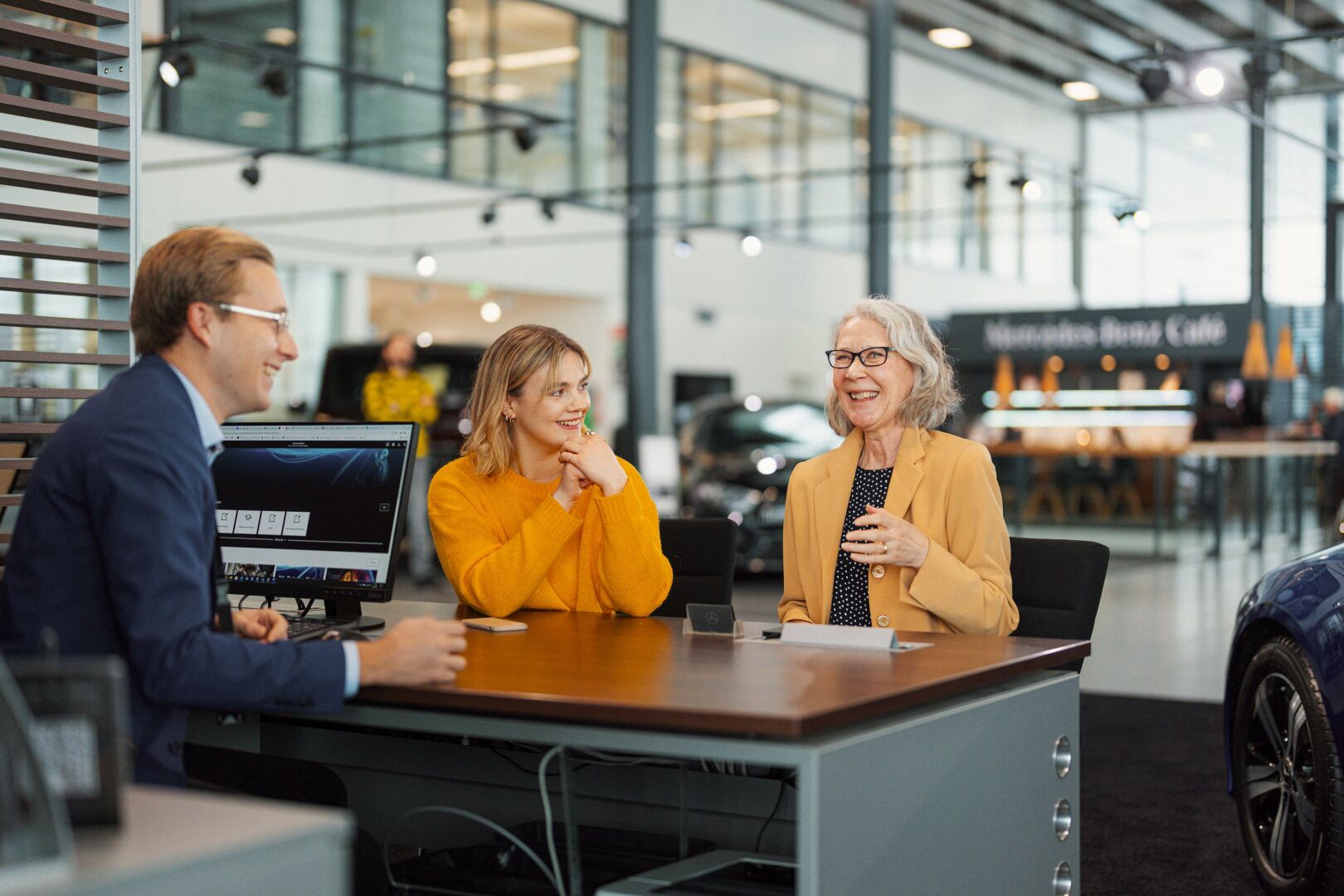

Veho strives for a unique customer experience through thorough research and precise attention to customer needs.
Veho is dedicated to providing a unique customer experience through its Five-Star Customer Experience strategy.
“Through Veho Five-Star Experience, we position ourselves above premium brands. This is an advantageous position for us as there are no other players on this field, not in private or commercial segments,” says Veho Customer Experience Director Tuomas Manninen.
There is a lot on stake. This is why work on creating Veho Five-Star Customer Experience must start from the ground up, from clarifying key concepts.
“Oftentimes, the line between customer experience, satisfaction, and service becomes blurred. It's important to note that customer satisfaction is what happens from the company's perspective in the context of their services or products.”
In contrast, customer experience takes place in the customer's own world of experience. Customer experience begins before the actual customer relationship has been established and involves various needs and expectations before single purchase has been made.
According to Manninen, getting to the core of these expectations is the touchstone, which will determine the overall success of the strategy. Therefore, comprehending customer expectations thoroughly is a delicate process. To get to the core of customers´ needs and expectations, Veho has conducted thorough research on both private and commercial customers in Finland, Sweden, and Lithuania.
“We spent hours upon hours with our customers looking for the grand idea about how they go about their daily lives and businesses. Both quantitative and qualitative methods were widely used.”
”Our conclusion is that private customers are essentially looking for inspiration, whereas commercial customers are most interested in how we can help make their business more profitable. This is the baseline of expectations what Veho must answer to.”
Building up from the baseline, core customer expectations may be divided into four ascending levels, similar to Maslow's famous hierarchy of needs. According to this framework, the lowest level includes functional and emotional needs. These are called qualifiers.
“With private customers, meeting qualifiers means that dealing with Veho is effortless, the customers know what happens next, and feel that they are taken care of, and their basic needs are well understood. With commercial customers it means understanding their business needs and offering solutions to them, not only vehicles with certain specifications.”
However, this is something most companies are well-equipped to handle, Manninen adds. “For a company like Veho, meeting these needs is self-evident.”
At a higher level, there are social, and self-expression needs, called differentiators. In the context of Veho, differentiators for example involve a sense of belonging to the Mercedes-Benz family and making sustainable choices.
“Playing to differentiators will elevate Veho´s customer experience to the next level, and this aspect is already very much present in our strategy. For example, by upholding and highlighting Veho´s sustainability principles, our customers can live up to their values and make informed decisions based on them.”
Veho's research also suggests that customers place a high value on their time, and they appreciate feeling in control of it. Additionally, customers desire to be affiliated with professionals and be part of a social group that sets certain expectations and standards. By meeting these expectations, Veho can set itself apart from its competitors.
Precise definition and implementation of the customer experience strategy strengthens Veho's position in the market. According to Manninen, paying attention to details and incorporating a touch of creativity is what adds the finishing flourish to the Veho Five-Star Experience. This is something that already has been evidenced:
“For example, on International Women´s Day, a female customer´s car was returned from repair service with a rose placed on the driver´s seat. Feats like this help to create an emotional affect and make a more lasting impression on the customers. This is how our customers feel we really make an effort to go the extra mile for them,” Manninen concludes.